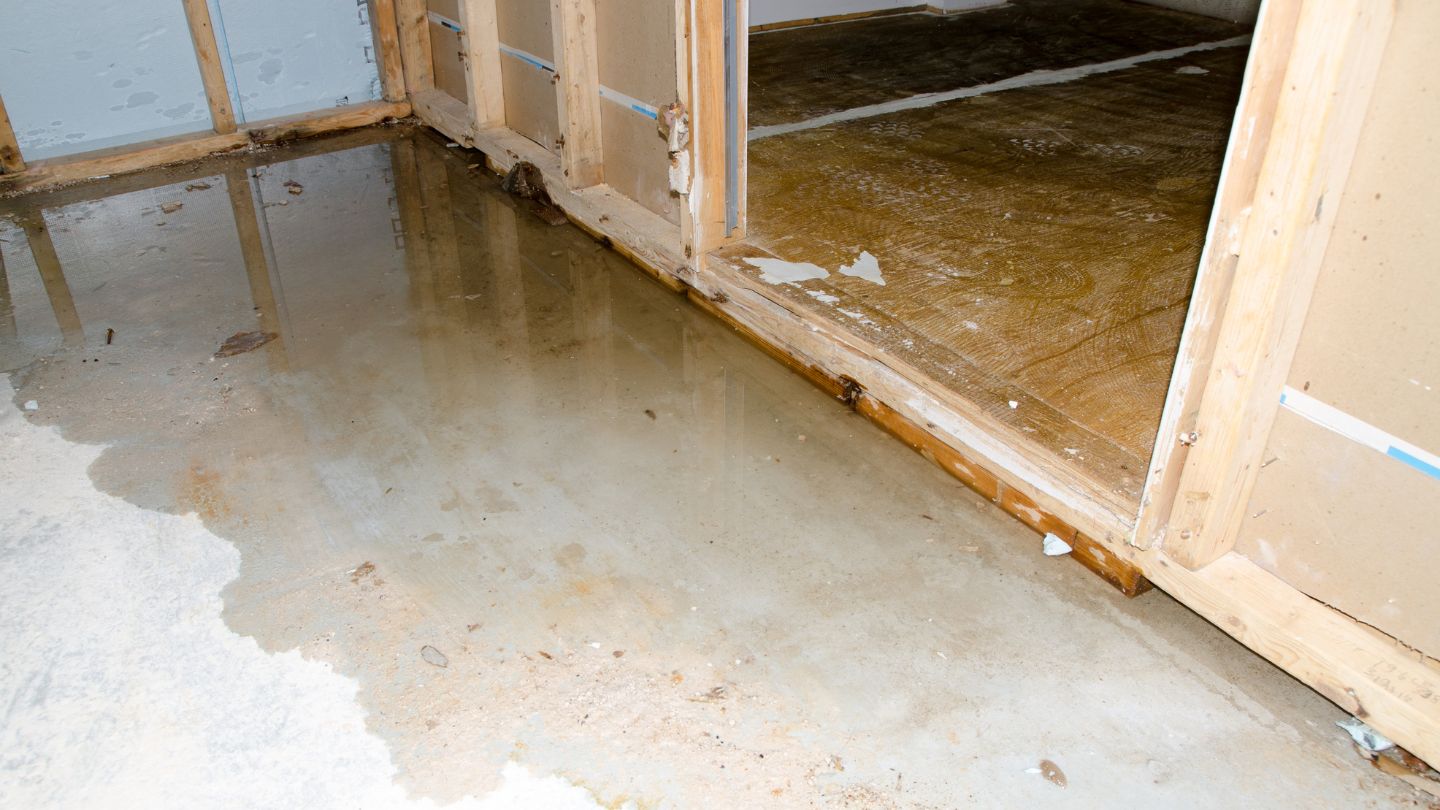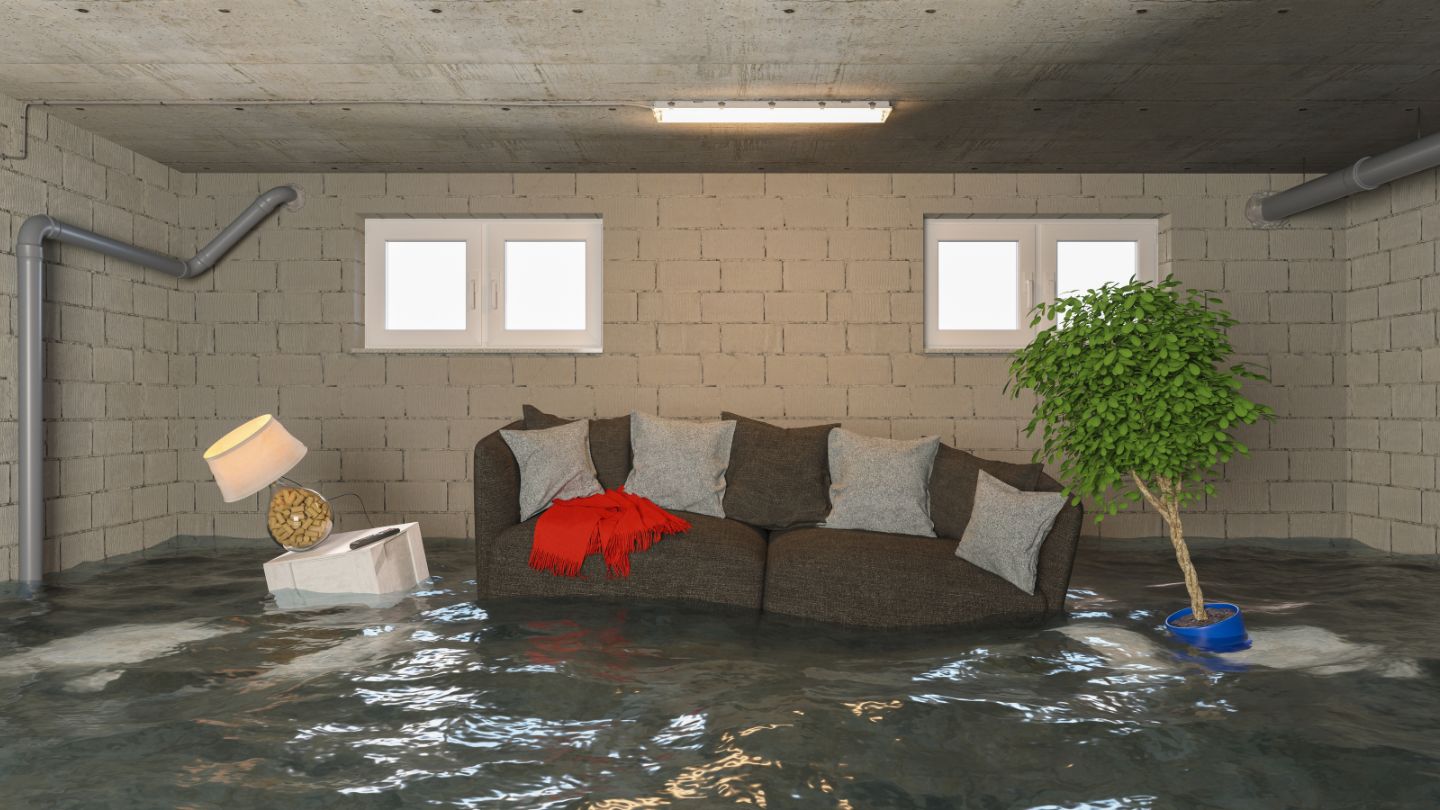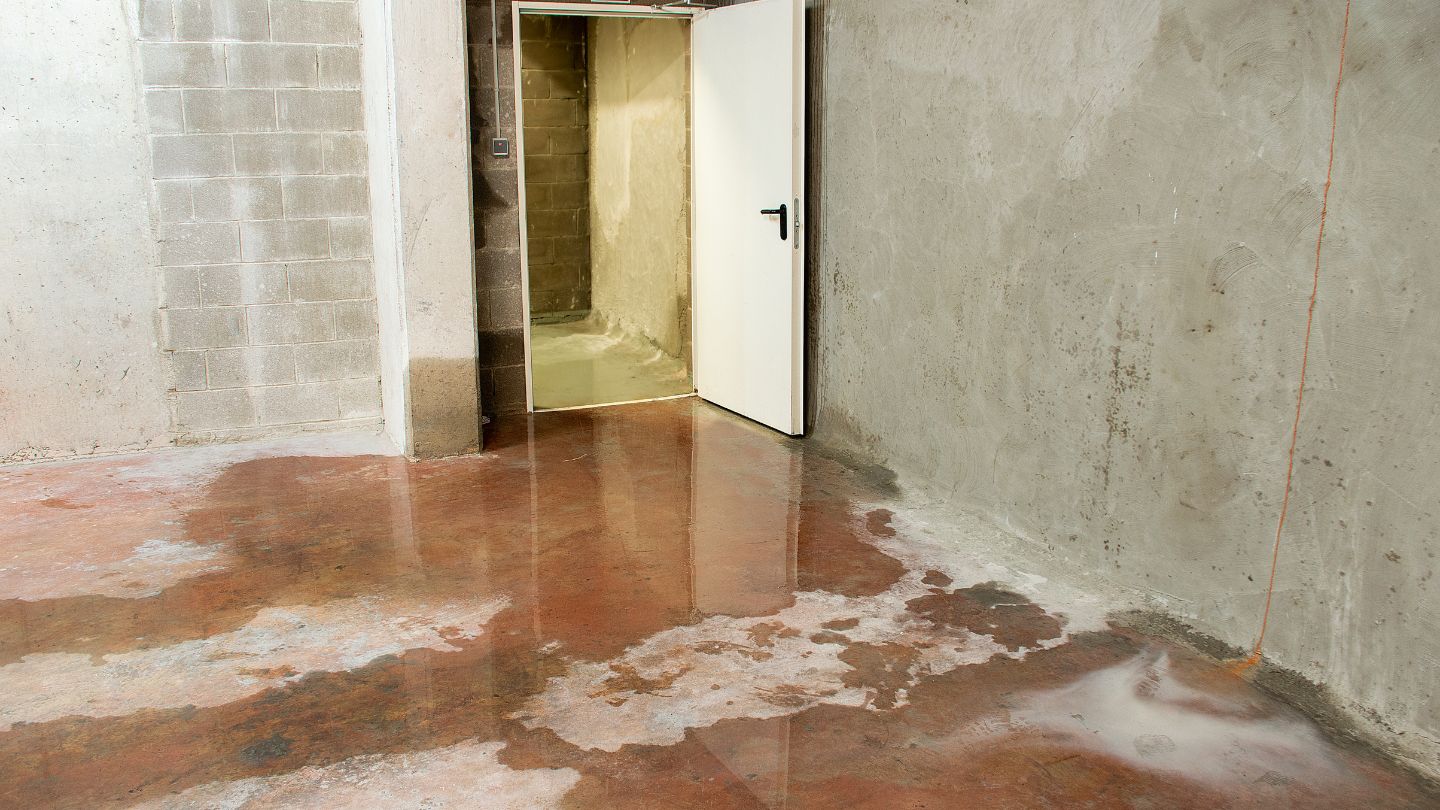Water damage can undermine your home’s structural integrity in many ways, and this blog covers how water damage affects your home’s structural integrity by examining how moisture affects wood, foundations, walls, and metal. You’ll learn the key signs of water damage and practical steps to protect your home.
Key Takeaways
- Water damage can critically weaken wooden structures, leading to deterioration, wood rot, and potential structural failure, necessitating prompt detection and repair.
- Foundation issues caused by water damage, such as soil erosion and hydrostatic pressure, can result in costly repairs and compromise the overall stability of the home.
- Proactive measures, including regular inspections, proper drainage, and professional restoration services, are essential to prevent and address structural water damage effectively.
How Water Damage Weakens Wooden Structures
Wood is a foundational component in most residential construction, but its organic nature makes it highly susceptible to water damage. Prolonged exposure to moisture can compromise the structural soundness of wooden framing, support beams, joists, and subflooring. Over time, wet wood can deteriorate, weaken, and even collapse under load-bearing stress, leading to major safety concerns within the home.
Signs of hidden or progressive water damage may include warped or sagging flooring, musty odors, and discolored wood surfaces. If moisture intrusion continues unchecked, such as from roof leaks or plumbing issues, it can lead to rot, pest infestations, and the weakening of structural elements like wall studs and rafters. Additionally, trapped moisture behind walls often fosters mold growth, further accelerating timber degradation and impacting indoor air quality.
Professional restoration specialists use thermal imaging and moisture meters to identify saturated wood components not visible to the naked eye. Once identified, they perform targeted drying, reinforcement, or replacement of damaged sections to prevent widespread structural failure.
Key factors to keep in mind:
- Addressing visible signs like staining or softness in wood ensures intervention before extensive damage spreads.
- Continuous moisture monitoring can help restoration teams prevent long-term fungal decay and rot.
- Structural inspections and repairs by certified professionals safeguard your home’s integrity and long-term durability.
Preventative strategies and prompt action from restoration experts help reinforce the home’s defense against hidden or recurring water damage in wooden infrastructure.
Foundation Problems Due to Water Damage

Your home’s foundation is the base upon which everything else depends, but water intrusion poses a significant threat to this essential structure. Hydrostatic pressure from water accumulating in the surrounding soil can push against basement walls, causing them to crack, bulge, or shift over time. If left unaddressed, this movement jeopardizes the entire home’s stability.
Soil erosion from poor drainage or uncontrolled water runoff can also weaken the ground beneath the foundation, causing uneven settling and cracks. Restoration professionals identify the source of moisture and assess soil conditions to recommend drainage improvements, waterproofing solutions, and foundation reinforcements tailored to the specific site conditions.
Issues like basement seepage or slab cracks may develop gradually, but they can escalate into significant structural failures if ignored. Restoration teams use tools like moisture mapping and structural monitoring to detect underlying problems and deliver targeted repairs that help prevent major damage. Professional grading and drainage improvements around the perimeter also reduce the risk of future erosion or instability.
Protecting your foundation from water-related degradation is critical. Engaging experts for routine inspections and preventive services ensures long-term structural security and protects your home from costly, avoidable repairs.
Hidden Water Damage in Walls and Ceilings
Concealed water damage behind walls and ceilings can persist undetected, slowly degrading your home’s structure from the inside out. Common signs include bubbling or peeling paint, ceiling stains, and warped drywall. These subtle indicators often signal significant hidden moisture issues that demand professional attention.
Additional warning signs include sagging ceilings, unusual discoloration, or damp smells, often indicating mold growth or compromised building materials. Restoration professionals use specialized equipment such as infrared sensors and moisture probes to locate the source of water behind walls or ceilings without causing further damage during the investigation.
Plumbing failures, leaking roofs, or HVAC condensation can contribute to internal water damage. If not promptly resolved, this can lead to microbial contamination, crumbling drywall, and weakened ceiling joists or wall studs. Mold remediation and structural reinforcement services are often required to fully restore these hidden areas.
Engaging professionals for moisture inspections and restoration prevents long-term decay and reduces the risk of widespread deterioration. Identifying hidden water damage early helps preserve both your home’s integrity and the health of its occupants.
The Impact on Metal Components
Metal structural elements such as steel framing, support lintels, fasteners, and plumbing pipes are all vulnerable to corrosion from prolonged moisture exposure. When damp conditions persist, oxidation occurs, leading to rust and eventual weakening of these components, posing serious risks to the structural integrity of the home.
Common signs of metal deterioration include rust stains, flaking surfaces, and pipe leaks. Restoration experts assess affected areas using corrosion detection tools and determine the severity of metal fatigue. Where needed, they replace or reinforce damaged metal supports and restore compromised plumbing systems using industry-approved materials and coatings.
Corroded pipes can warp or burst, impacting adjacent materials such as drywall, subflooring, and insulation. Structural fasteners or joists weakened by rust may fail under normal load. Restoration teams mitigate this by applying anti-corrosive treatments and sealing affected areas to prevent further moisture intrusion.
The long-term safety and reliability of metal elements rely heavily on proactive intervention. Professional monitoring and restoration of corroded components help avoid hidden dangers that could compromise your home’s structural strength.
Financial Implications of Structural Water Damage
Ignoring early signs of structural water damage often results in higher repair costs and more severe property damage. When wood rot, foundation shifts, or corroded systems are allowed to worsen, restoration becomes more complex and costly, frequently involving full structural reinforcements or large-scale replacements.
Delayed repairs can also negatively affect your home’s appraisal value and marketability. Homes with a history of unresolved water damage may trigger red flags during inspection or insurance evaluations. Certified restoration professionals help property owners mitigate these risks by documenting damage, executing repairs, and maintaining compliance with safety standards.
In severe cases, the financial impact extends beyond structural work. Mold remediation, temporary relocation during repairs, and utility damage are all common side effects. Preventative services such as routine inspections and proper moisture control reduce these risks significantly.
Being proactive about addressing water damage ensures long-term cost savings and avoids the burden of emergency restoration. With expert help, homeowners can take the necessary steps to protect their investment and prevent expensive repairs down the road.
Preventive Measures Against Structural Water Damage

Preventing structural water damage starts with professionally designed moisture control systems. Properly installed gutters, downspouts, and perimeter grading reduce the risk of standing water that can seep into foundations or basements. Restoration teams evaluate drainage patterns and recommend improvements customized to your property.
Specialists also inspect plumbing systems, appliances, and roofing to identify weak points before they cause major issues. Leak detection devices, sump pumps, and automatic shut-off valves can be installed as preventive measures, giving homeowners advanced protection against unexpected water events.
Indoor humidity control is equally important. Restoration experts may recommend improvements to ventilation systems or dehumidifiers to reduce the risk of mold and material degradation. Routine professional inspections identify hidden moisture and help maintain structural resilience.
By incorporating preventive strategies guided by restoration professionals, homeowners reduce the likelihood of structural damage and extend the life of their property’s core systems. Regular assessments, moisture barrier installations, and structural maintenance are crucial for long-term home preservation.
Professional Restoration Services
Addressing water damage thoroughly requires the intervention of trained restoration professionals who can assess and repair affected areas using advanced equipment and proven techniques. These experts evaluate the extent of the damage, locate hidden moisture, and implement a tailored plan for recovery.
Professional services include water extraction, industrial drying, dehumidification, mold remediation, and structural repairs. Restoration teams use infrared imaging, HEPA filtration, and air scrubbers to ensure clean and safe conditions while preventing further damage or contamination.
They also manage debris removal and work directly with insurance providers to streamline the claims process. Their comprehensive approach includes monitoring and follow-up inspections to ensure all affected areas are fully restored to safe conditions.
Engaging certified restoration professionals ensures a fast, safe, and complete return to pre-loss conditions while protecting the structural integrity of your home. Their expertise helps reduce downtime, cost, and long-term complications from water damage.
Summary
Water damage can severely compromise your home’s structural integrity by impacting wood, foundations, metal elements, and interior systems. To prevent extensive and costly structural failures, early detection and immediate action are crucial. Implementing proper drainage, maintaining optimal indoor humidity, and scheduling regular inspections are effective strategies to safeguard against water-related damage.
At 911 Floods R Us, we specialize in water damage repair in Atlanta, offering fast and effective restoration services that tackle water damage at its source. Our team employs advanced tools and proven methods to protect your home from further harm. By prioritizing prevention and professional response, you can ensure your home’s safety and structural health for years to come. Don’t wait—contact us today to secure your home’s future!
Frequently Asked Questions
Can water damage affect a home even if there are no visible leaks?
Yes, hidden leaks behind walls or under floors can lead to gradual structural damage, mold growth, and wood rot without obvious signs.
How quickly does water damage begin to weaken structural materials?
Wood and drywall can begin to deteriorate within 24 to 48 hours of continuous moisture exposure, especially in humid conditions.
Are foundation cracks always caused by water damage?
Not always, but water-related soil erosion or pressure buildup is a common cause. A professional evaluation is needed to determine the source.

